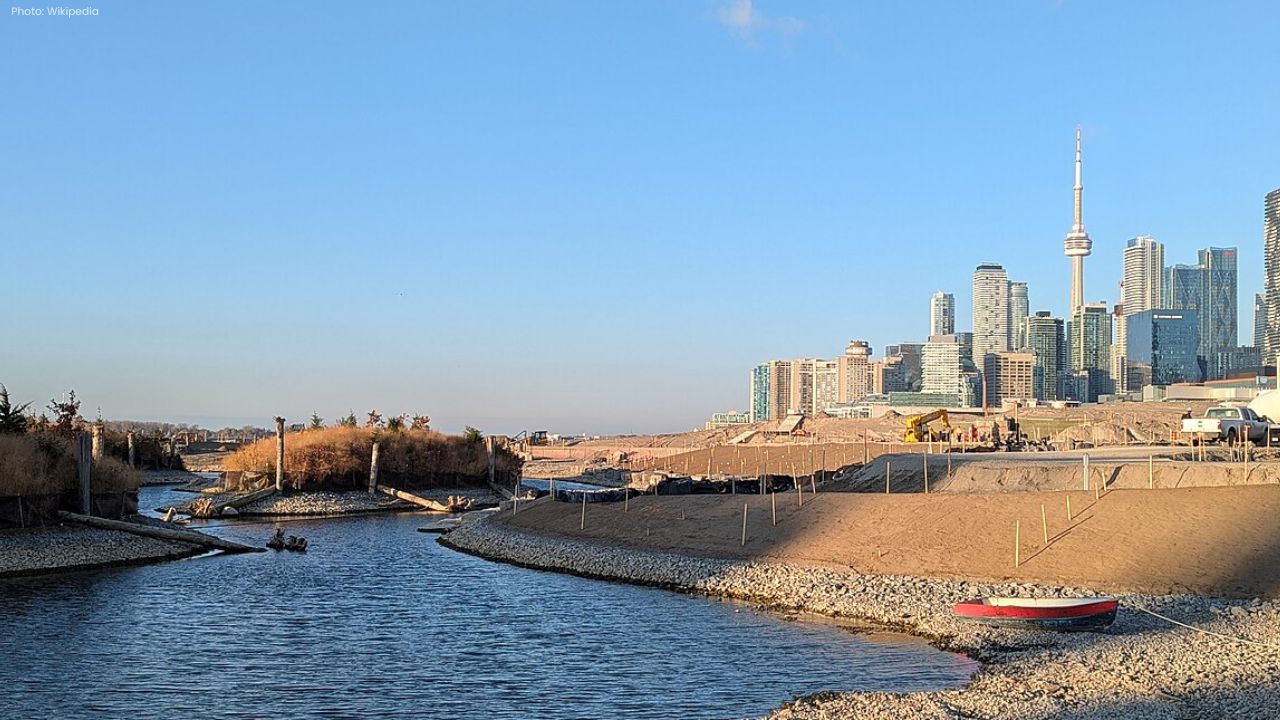
A Nutritionist’s Warm Guide to When to Enjoy Flaxs
Nutritionist Deepsikha Jain recommends 1–2 tablespoons of flaxseeds—morning, before meals or as a sn

A new scientific study has revealed alarming levels of microplastic pollution flowing from Toronto’s Don River into Lake Ontario, equivalent to roughly 18 cars’ worth of plastic waste every year.
The study estimates that the Don River basin releases around 500 billion microplastic particles, weighing about 36,000 kilograms, into the lake annually. By contrast, the total mass of larger plastic items amounts to only 160 kilograms.
Lead author and plastics expert Chelsea Rochman said she was “shocked” by the findings. “The levels we see here are on par with places that don’t have strong waste management systems,” she noted.
Microplastics—tiny fragments smaller than a pencil eraser, often invisible to the naked eye—are increasingly being detected worldwide, from human blood samples to Arctic ice. These particles, originating from the breakdown of larger plastics, are linked to numerous environmental and health concerns, including reduced fish growth and reproduction.
According to the study, common microplastic sources in the Don River include construction foam, car tire residue, plastic pellets, and fragments from single-use plastics. Among larger plastic debris, bags and wet wipes were most prevalent, each accounting for roughly 20 percent of the waste. Rochman estimates that tens of thousands of wet wipes remain lodged in the river system, particularly in Taylor-Massey Creek.
For comparison, a separate study published earlier this year found that the Don River released significantly more large plastic debris than the Chicago River.
Rochman emphasized the need for collaborative action to “turn off the tap” of pollution sources. She suggested stricter construction site controls, continued sewer infrastructure upgrades, and expanded bans on single-use plastics.
Toronto’s aging combined sewer system also plays a significant role, Rochman explained. During heavy rainfall, the system often overflows, dumping untreated sewage—and any flushed plastic items—into the river and lake.
“People should never flush plastic wet wipes,” Rochman said, warning that these materials easily enter waterways during storm overflows.
The city is currently investing $3 billion in a major sewer upgrade program designed to reduce overflows and protect the Don River watershed.
The research team analyzed plastic levels at four sites along the river before, during, and after storms. Surprisingly, plastic concentrations remained consistent before and after rainfall, suggesting that if plastic inputs stopped, the river could gradually cleanse itself over time.
“We could truly protect this watershed that so many Torontonians know and love,” Rochman said.